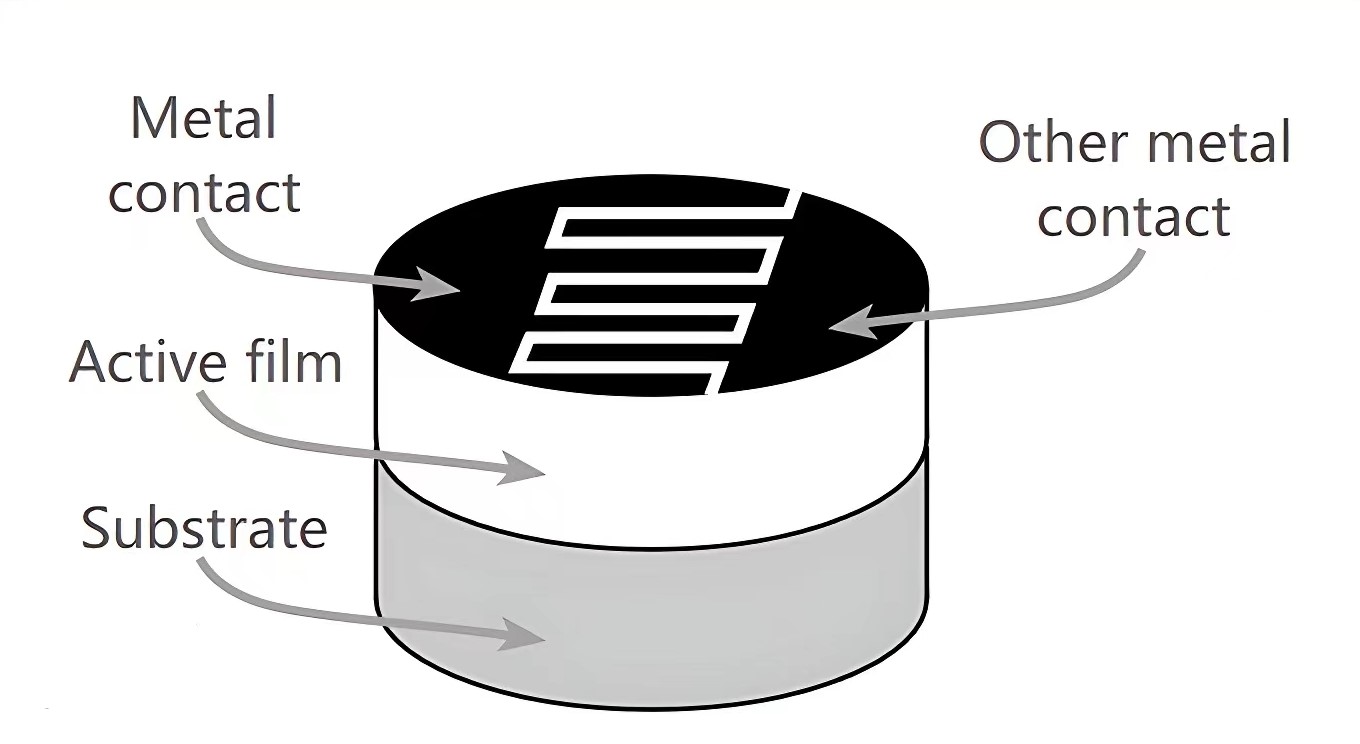What is Light Dependent Resistor?
What is Light Dependent Resistor?
Photoresistor definition
Photoresistor is a kind of semiconductor device based on internal photoelectric effect, and its resistance value depends on the change of incident light intensity. With the increase of incident light intensity, the resistance value of photoresistor decreases, the incident light weakens, and the resistance value of photoresistor increases. The photoresistor has no polarity, and an external voltage in any direction is applied at both ends when it is used, and the intensity of the incident light can be reflected by measuring the current in the loop.
Basic structure of Photoresistor
Insulating substrate
Photosensitive layer
Electrode

How photoresistor works
The working principle of a photoresistor is based on photoconductivity. Photoconductivity occurs when the electrical conductivity of a material increases after absorbing photons (light particles) with sufficient energy. When light hits a photoresistor, the photons excite electrons in the valence band (the outermost layer of the atom) of the semiconductor material, causing them to jump to the conduction band. This process creates more free electrons and holes to carry current, reducing the resistance of the photoresistor.
Parameter characteristics of photoresistor
Photocurrent, bright resistance
Dark current, dark resistance
Sensitivity
Spectral response
Illumination characteristic
Volt-ampere characteristic curve
Temperature coefficient
Rated power
Frequency characteristic
Factors affecting photoresistance
The wavelength and intensity of incident light
Band gap of semiconductor materials
Doping levels of semiconductor materials
The surface area and thickness of the photoresistor
Ambient temperature and humidity
Photoresistor classification
Intrinsic photoresistor
External photoresistor
Photoresistor applications
Security systems: Photoresistors can be used to detect the presence or absence of light, for example in camera meters, burglar alarms, or electronic eyes.
Lighting control: Photoresistors can be used to control the brightness or color of lights, such as street lighting, outdoor lighting.
Audio compression: Photoresistors can be used to smooth the response of an audio signal by reducing the dynamic range, such as in a compressor, limiter, or noise gate.
Optical communication: Photoresistors can be used to modulate or demodulate optical signals, such as optical cables, lasers, or photodiodes.
Measurement and instrumentation: Photoresistors can be used to measure or indicate light intensity, for example in photometers, spectrometers, or photometers.
Advantages and disadvantages of photoresistor
Advantage
Low cost and easy to use
Wide range of resistance values, sensitivity levels
No external power supply or bias required
Compatible with many circuits and devices
Shortcoming
Low accuracy and precision.
Slow response and recovery time
It is easily affected by temperature, humidity and aging environmental factors
We aim to gather electrical knowledge and share it with others.













